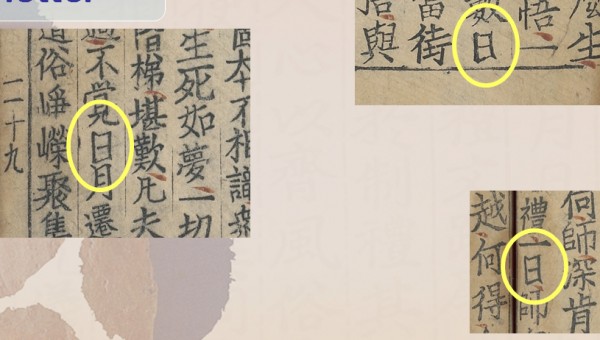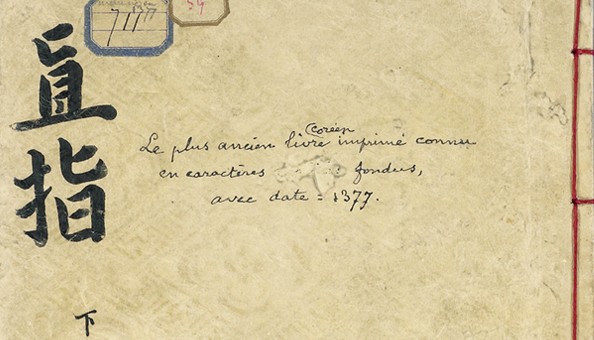Jikji
Return of Displaced Cultural Property from Abroad
1. The global movement for the return of cultural property to its countries of origin In November, 2010 The U.S. promised to return all of 46,000 Inca artifacts kept by Yale University to Peru. Those artifacts were supposed to be returned after 18-month-long research. But, it took as long as a century to be returned [...]
Jikji
The BBC, the Wall Street Journal, the Washington Post, and the New York Times have all named the movable metal typeset printing press as the greatest invention of the last 1000 years. In medieval times, only scholars and the lucky, aristocratic few had access to information because of the exorbitant expense of printing books xylography, [...]
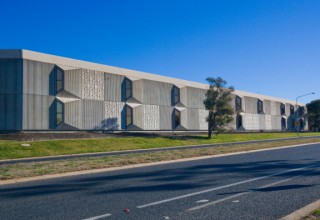
Interview with Dr. Stephen Ellis, the Director-General of the NAA
The National Archives of Australia is an agency of the Australian Government, established under the Archives Act 1983. Our head office and exhibition spaces are in Canberra in the Australian Capital Territory, and there is an office and reading room in each state capital and in Darwin. The National Archives of Australia helps Australian Government [...]

The fourth laureate, the National Archives of Australia
It was established in 1960 and has become a world leader in many areas notably. Their main role is to promote good records management in Australian Government agencies and manage the valuable records of our nation, and make them accessible now and for future generations. They has announced it will use the Prize to fund [...]
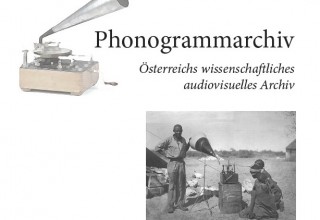
The second laureate,Phonogrammarchiv
Ever since its foundation in 1899 the Phonogrammarchiv has taken many initiatives to develop audio preservation, and to assist in the development or the improvement of similar institutions worldwide. Early co-operation resulted in the foundation of the Phonogrammarchiv der Universitat Zurich (1908) and joint projects with the Berlin Phonogrammarchiv before and during the First World [...]

The first laureate,the National Library of Czech Republic
The National Library of the Czech Republic was awarded as the first laureate of UNESCO/JIKJI prize. The history of the library is connected with the foundation of the Charles University in 1348. The first written references concerning books are documented in relation to the oldest Charles College, having been given a royal gift of manuscripts [...]

Cheongju Early Printing Museum
The Cheongju Early Printing Museum was established at the site of Heungdeoksa Temple where Jikji was printed in 1377. For more information, please visit their website at http://jikjiworld.net
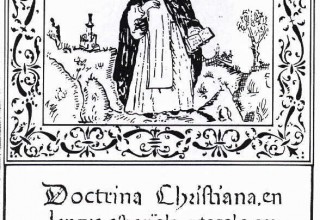
Doctrina Christiana en lengua Espanola y tagala, the Philippines
The Spanish ruled the Philippines for 333 years. One of their aims in colonizing the country was to propagate Christianity. And in order to realize this objective, many Spanish missionaries studied, learned, and mastered the Tagalog language which is the native and best language in the islands and eventually they published, Doctrina Christiana en lengua [...]

